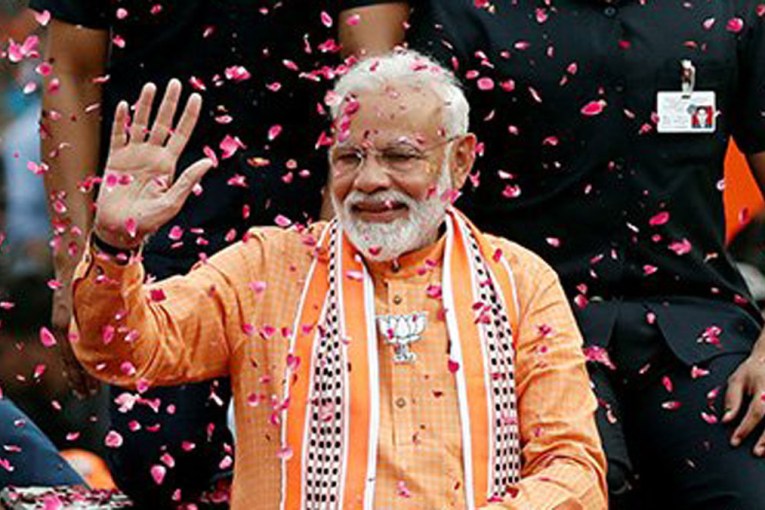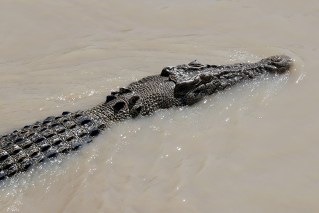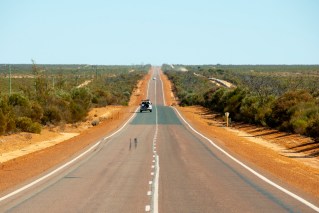WHO expert says coronavirus may not stem from China

The virus that caused the COVID-19 pandemic may have leapt from animals to people outside China’s borders, a World Health Organisation scientist has suggested.
Professor John Watson, who was part of the WHO-led team that travelled to China’s Wuhan city to investigate the origins of COVID-19, said he was uncertain if the virus made the jump from animals to humans in China, despite it being at the epicentre of the initial outbreak.
The now-closed Huanan Seafood wholesale market in Wuhan is where the coronavirus was believed to have first spread.
“There are all sorts of reasons … that suggest that China is a very, very possible source for the outbreak,” Professor Watson told the BBC.
“But by no means necessarily the place where the leap from animals to humans took place.
“And I think we need to ensure that we are looking beyond the borders of China, as well as within China.”
He said the pandemic most likely started with an infection in an “animal reservoir” which was then passed on to humans through an “intermediate host”.
By December 2019, the coronavirus had infected at least 174 people in and around Wuhan, which is where the coronavirus was first detected.
The 174 known cases meant there may have been more than 1000 people who unknowingly had the virus.
“We haven’t done any modelling of that since,” lead investigator for the WHO mission, Peter Ben Embarek, said.
“But we know … in big ballpark figures … out of the infected population, about 15 per cent end up severe cases, and the vast majority are mild cases.”

The WHO team being briefed outside of the Huanan Seafood Market on the third day of its field visit in Wuhan, China. Photo: AP
It was clear the coronavirus had circulated widely in Wuhan that December, which Professor Embarek said “is a new finding”.
From then, scientists managed to gather 13 different genetic sequences of the virus.
Professor Embarek said: “Some of them are from the markets… Some of them are not linked to the markets,” which includes the Huanan seafood market.
“This is something we found as part of our mission … part of the interaction we had all together.”
Meanwhile, concerns have been raised about the WHO team’s access to vital early data from the Chinese government.
US national security adviser Jake Sullivan said on Friday that Washington had “deep concerns about the way in which the early findings of the COVID-19 investigation were communicated and questions about the process used to reach them”.
The UK’s Foreign Secretary Dominic Raab also shared concerns, saying scientists needed full co-operation to get the answers they need.
Professor Watson said the WHO team saw a “great deal” of information about the cases of the first 174 people who contracted coronavirus in China.
But he added that the team was only given access to a “certain amount” of the raw data.
“We didn’t see all of that and we didn’t see the original questionnaires that were used,” he said.
“But apart from the fact that, of course, they would have been in Chinese, one has to think about what one would have seen if one had gone to any other country in the world.”
He said the team’s visit was not a “one-off” and that the WHO sees it as “the start of a process that’s going to take really quite a while”.
China has faced claims that the Wuhan Institute of Virology could be the suspected source of the COVID-19 virus.
But the WHO team concluded it was “extremely unlikely” to have entered the human population as a result of a lab-related incident.
Professor Watson said the possibility that it may have escaped from a laboratory had not been “ruled out”.
-with AAP








